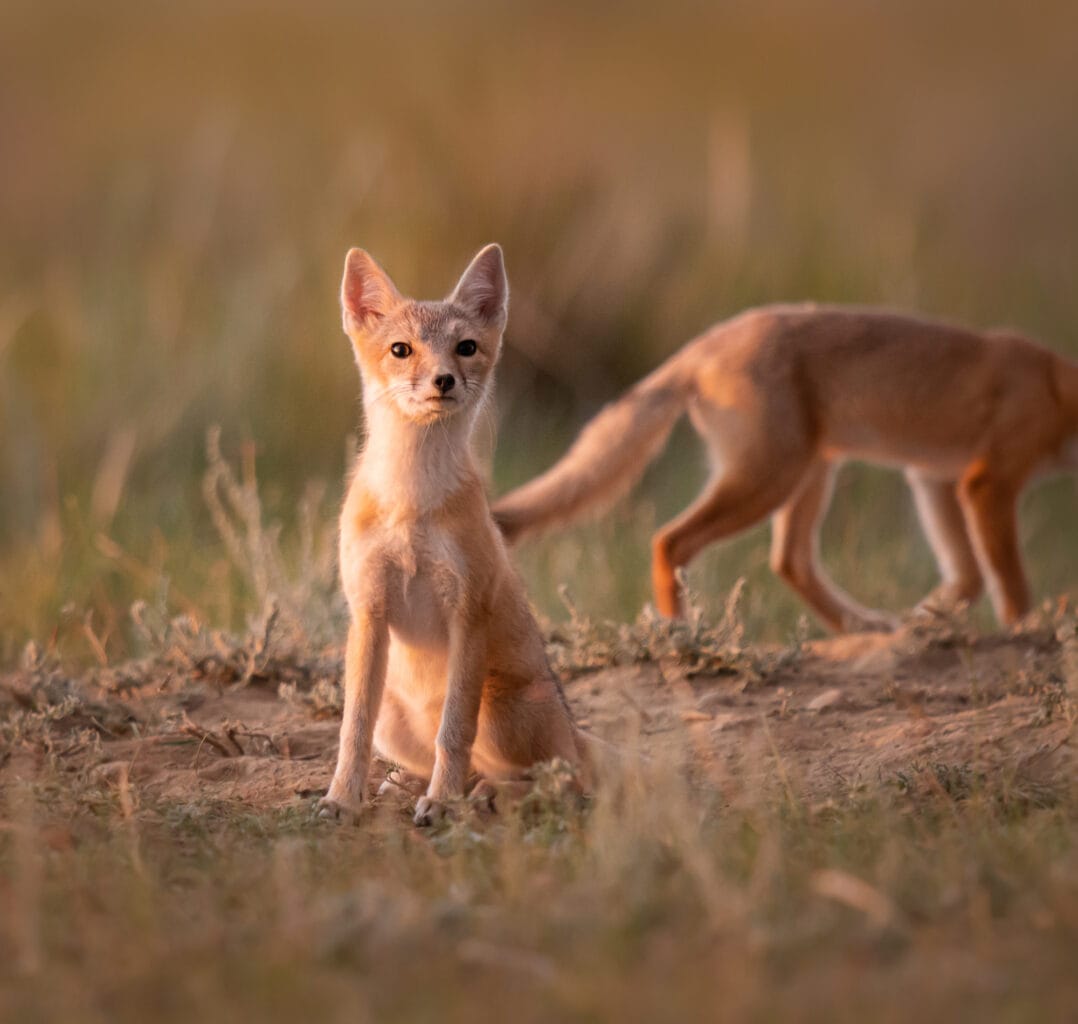The 21st century has seen its fair share of challenges and triumphs regarding wildlife conservation efforts in North America. While anyone can quickly feel overwhelmed by the decline of many species or the threat of extinction, North American governments and organizations have worked tirelessly to reverse the decline of endangered creatures on the continent.
Introduction
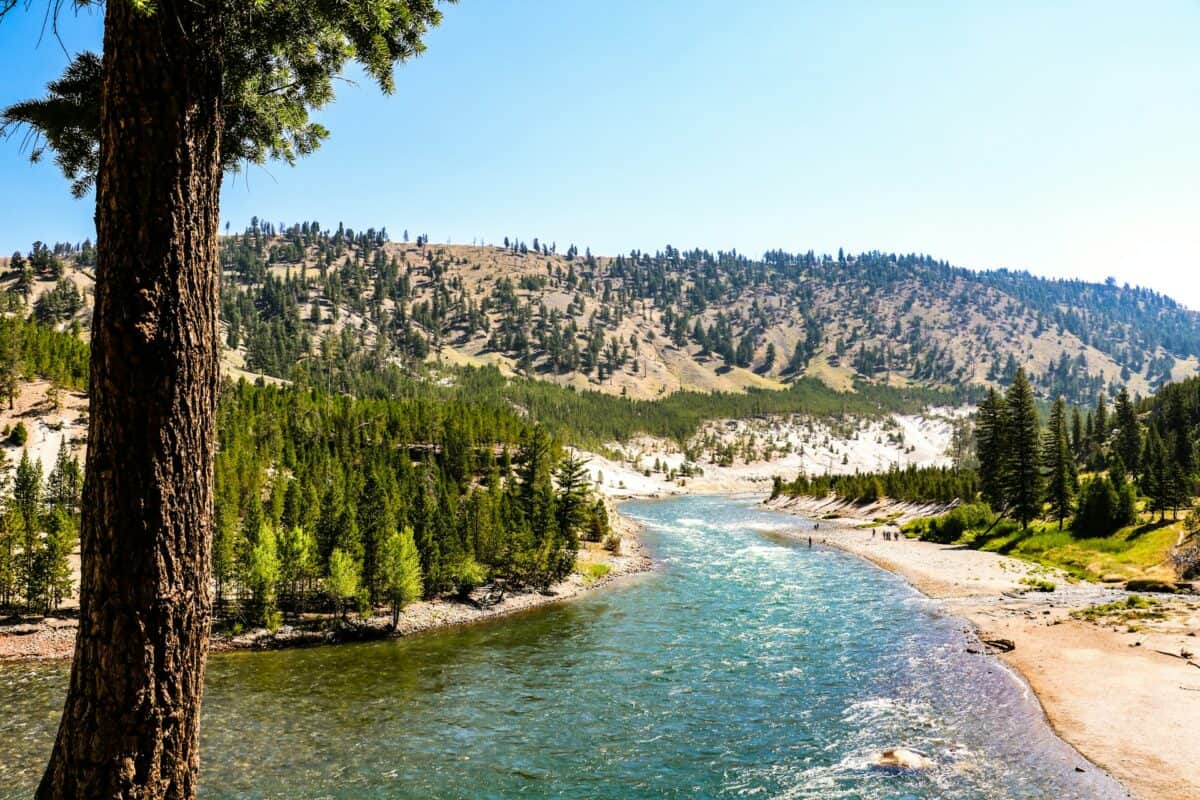
With dedicated efforts, cooperation, decisive investments, and innovative conservation practices, North America has successfully brought multiple creatures back from near extinction and restored the balance of ecosystems.
This article is all about wildlife success stories in North America.
1. Bald Eagle
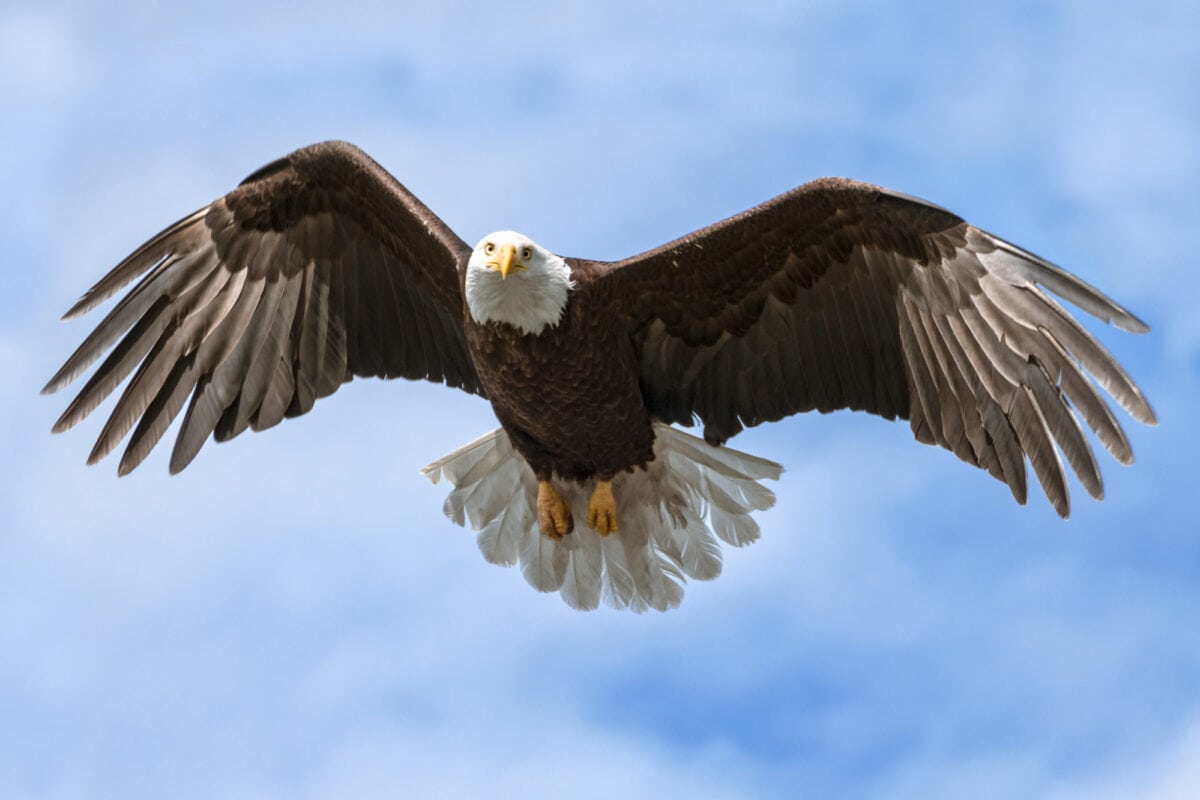
In the mid-20th century, the bald eagle range drastically plummeted, with only 500 creatures soaring across North America in the 1960s. The widespread use of dangerous pesticides, chemicals, and DDT contaminated the food chain, thinning the shells of bald eagles’ eggs and killing their young.
Bald Eagle cont.

The North American government soon recognized the situation’s gravity and took prompt action to protect the bald eagles. In 1967, the government listed the bald eagle as endangered under the Endangered Species Act. Legal protection helped rebound the number of bald eagles to over 14,000 today.
2. Swift Fox
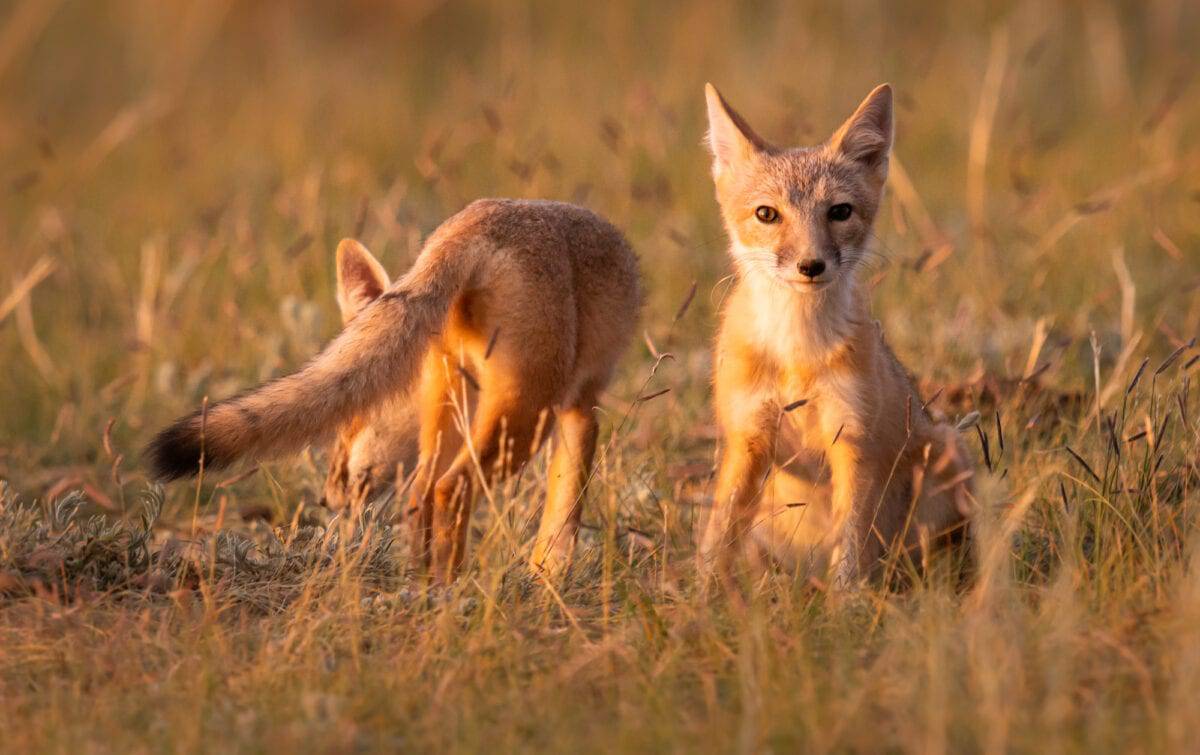
The swift fox in North America was highly susceptible to historic predator protection measures and, thus, nearly extinct by the mid-20th century. The Fish and Wildlife Service in the U.S. determined the need for warranted protection of these creatures in 1994. However, they were listed as a ‘candidate’ species, with other high-priority creatures being on the endangered species list. Therefore, the states within the Swift Fox’s historic range were prompted to join hands and form the Swift Fox Conversation Team.
Swift Fox cont.

The team launched successful reintroduction campaigns, protected grassland habitats, and researched swift fox ecology and effective management practices. These conservation efforts across the Great Plains have stabilized the swift fox population, so the government no longer needs to enlist them in the Endangered Species Act.
3. Gray Wolf
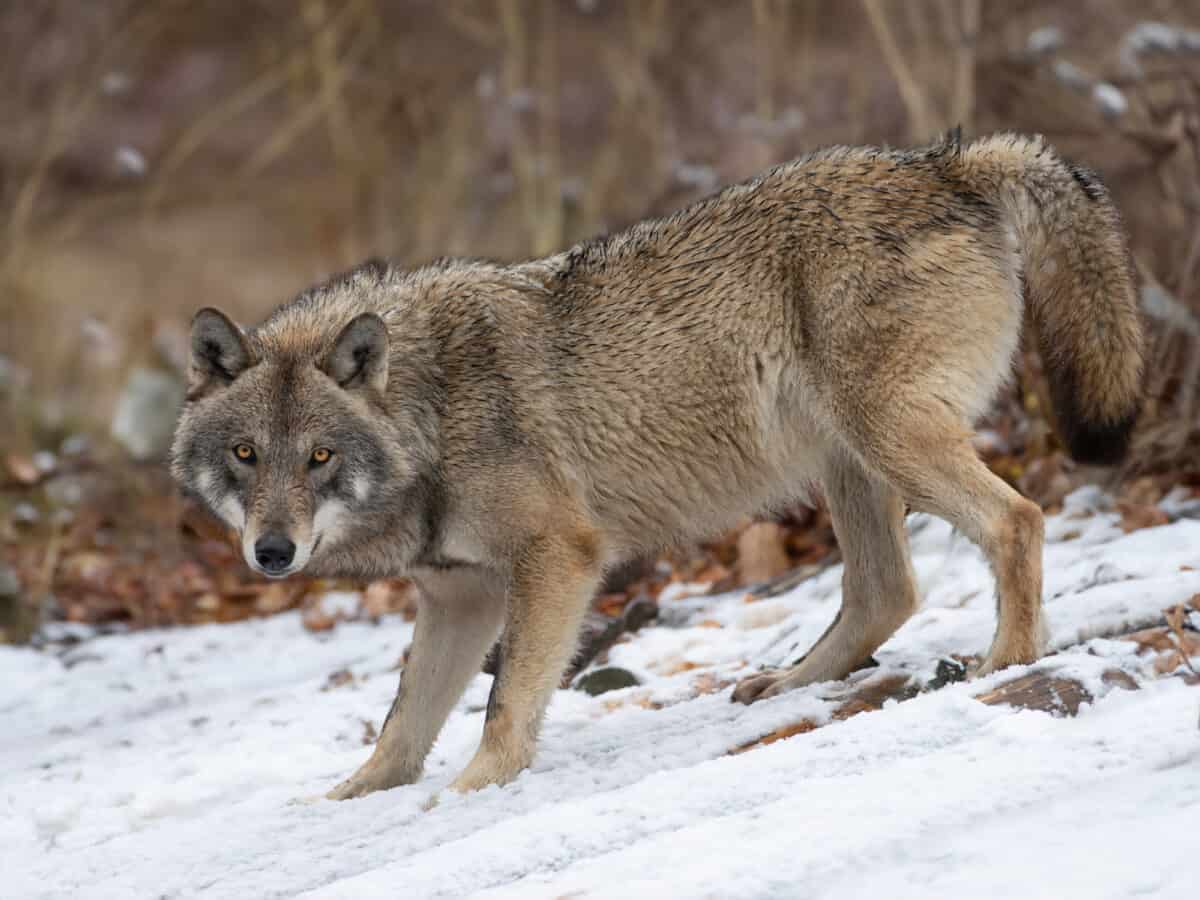
Due to poisoning and trapping by government agents, farmers, and ranchers, the number of gray wolves plummeted to a few hundred by the mid-20th century.
Gray Wolf cont.
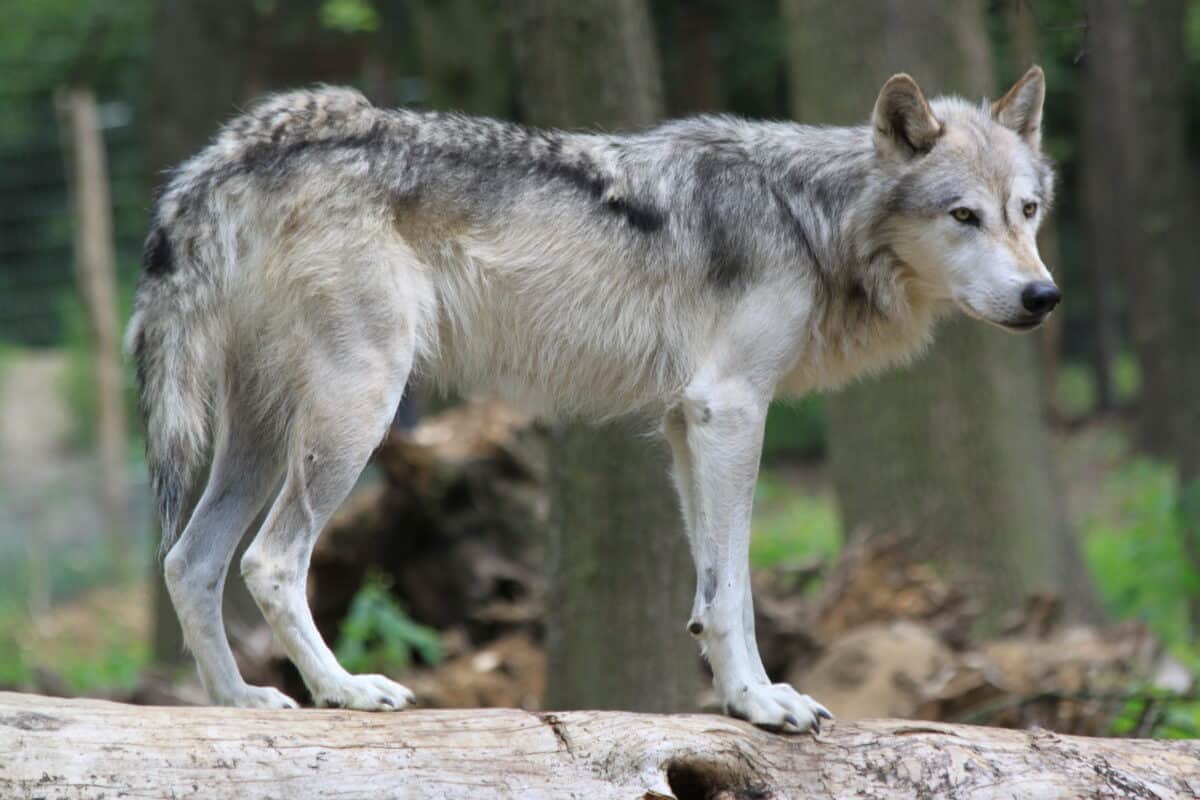
Because of the protections offered by the Endangered Species Act, over 6,000 gray wolves inhabit the lower 48 North American states. Gray wolf restoration has resulted from habitat restoration, public education, and the introduction of wolves to various regions.
4. California Condor
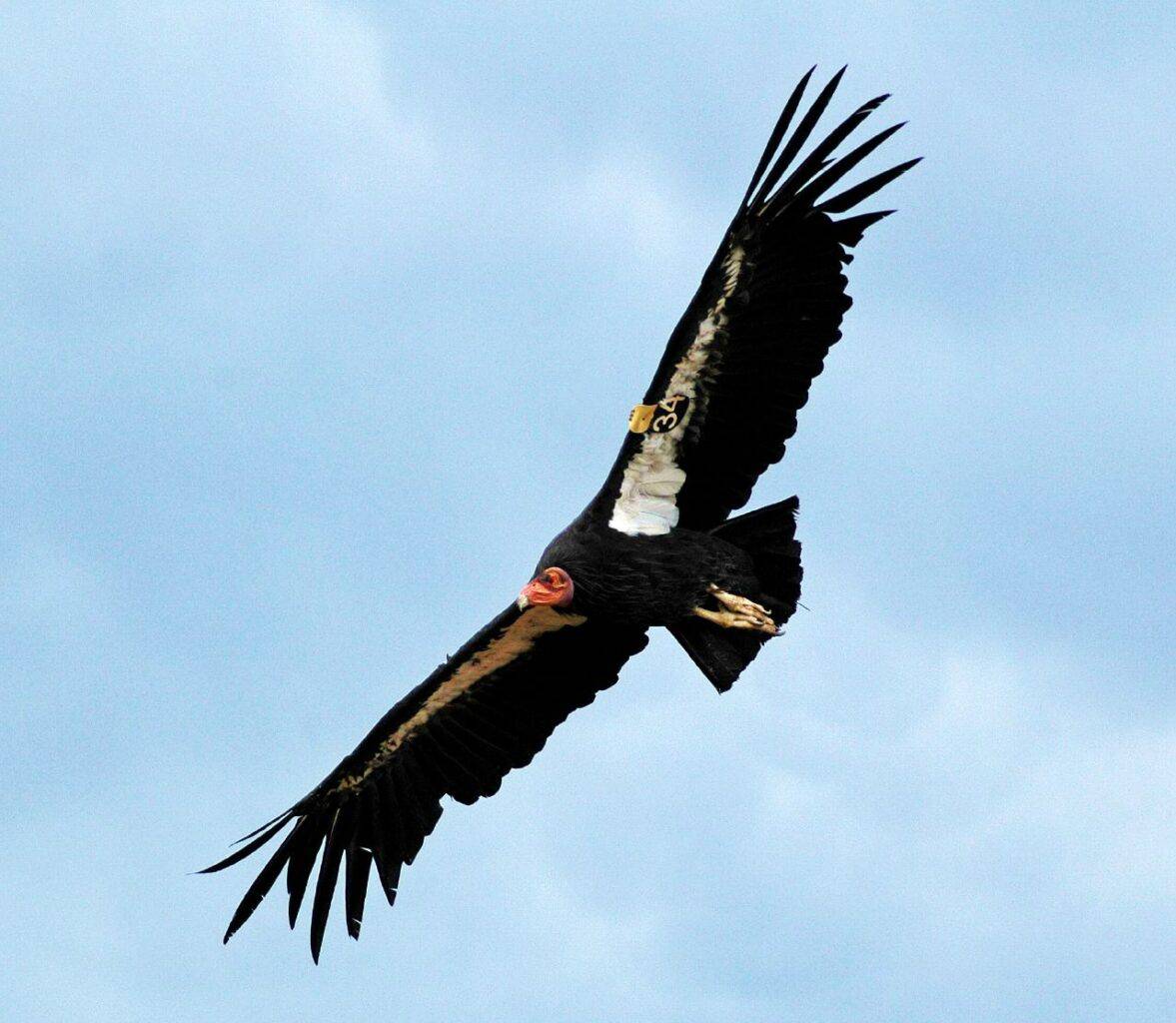
The giant land bird in North America, the California condor, was about to become extinct by the late 20th century because of lead poisoning, poaching, and habitat destruction. In 1987, the Fish and Wildlife Service in the U.S. made a bold but risky decision to reverse the decline of California condors. All 27 remaining species were captured in the wild, and efforts were focused on breeding the birds at the Los Angeles Zoo and San Diego Wild Animal Park.
California Condor cont.

Breeding efforts turned out to be successful, and thus, in 1991, the condor recovery program started releasing the creatures back into their natural habitats. Since then, the population of these birds has grown, with the number increasing to 1,000 in 2019.
5. Grizzly Bear
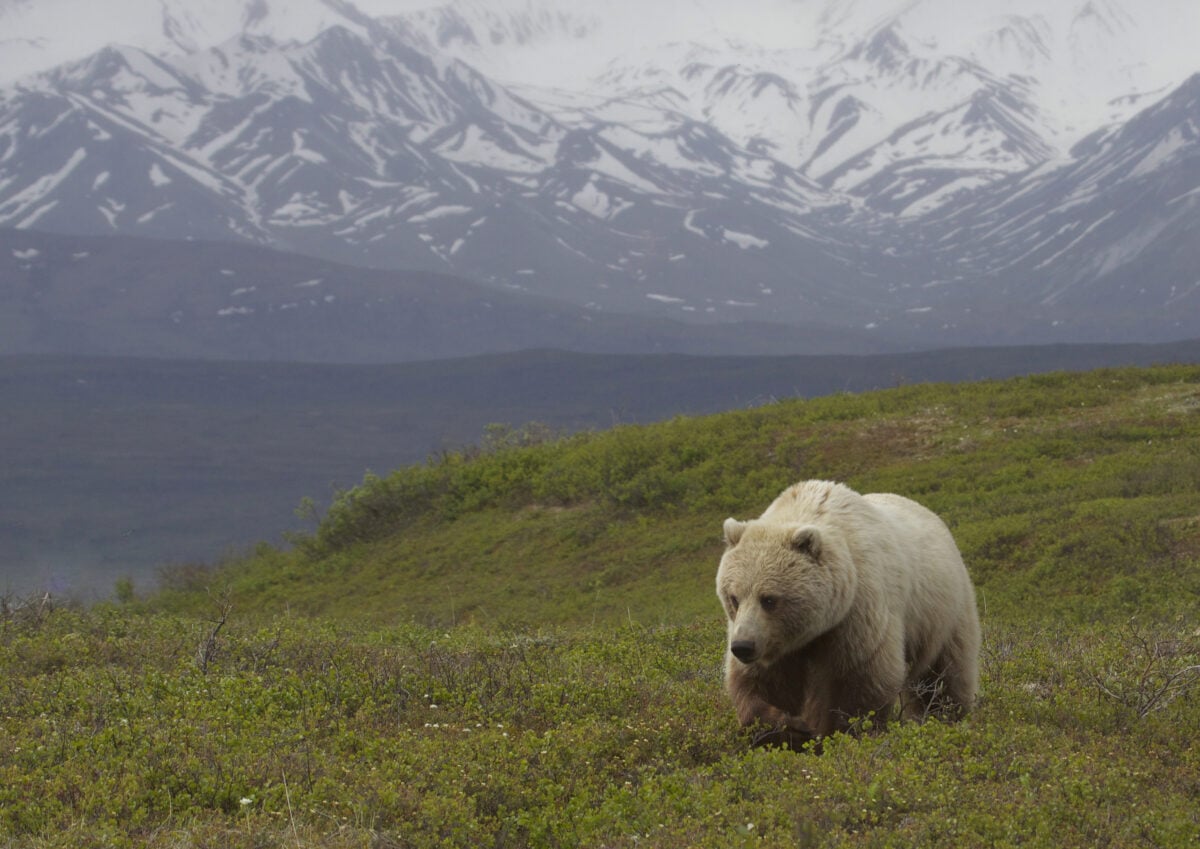
Within the lower 48 states, the population of grizzly bears reduced to only 2% of their former range because of habitat conversion, excessive hunting, and fragmented habitat. In 1975, these creatures were listed under the Endangered Species Act and, thus, brought under federal management. That year, fewer than 250 bears inhabited the Yellowstone area.
Grizzly Bear cont.
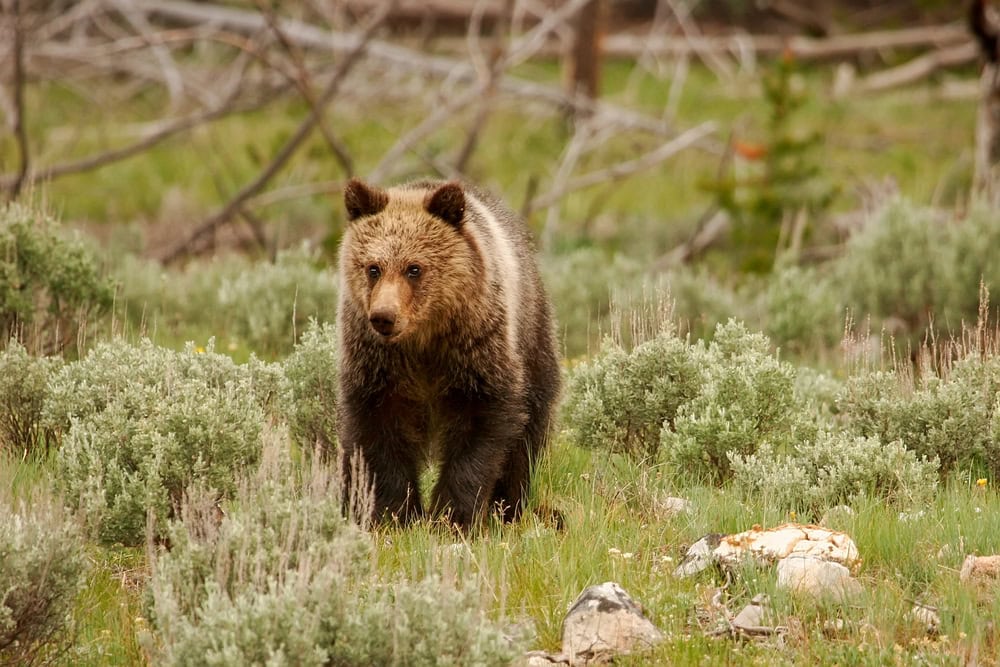
Since then, the combined efforts of conservation organizations, state and federal agencies, and citizens increased the number of animals to over 700. Approximately 1,400 to 1,800 grizzly bears inhabit the lower 48 states.
6. Peregrine Falcon
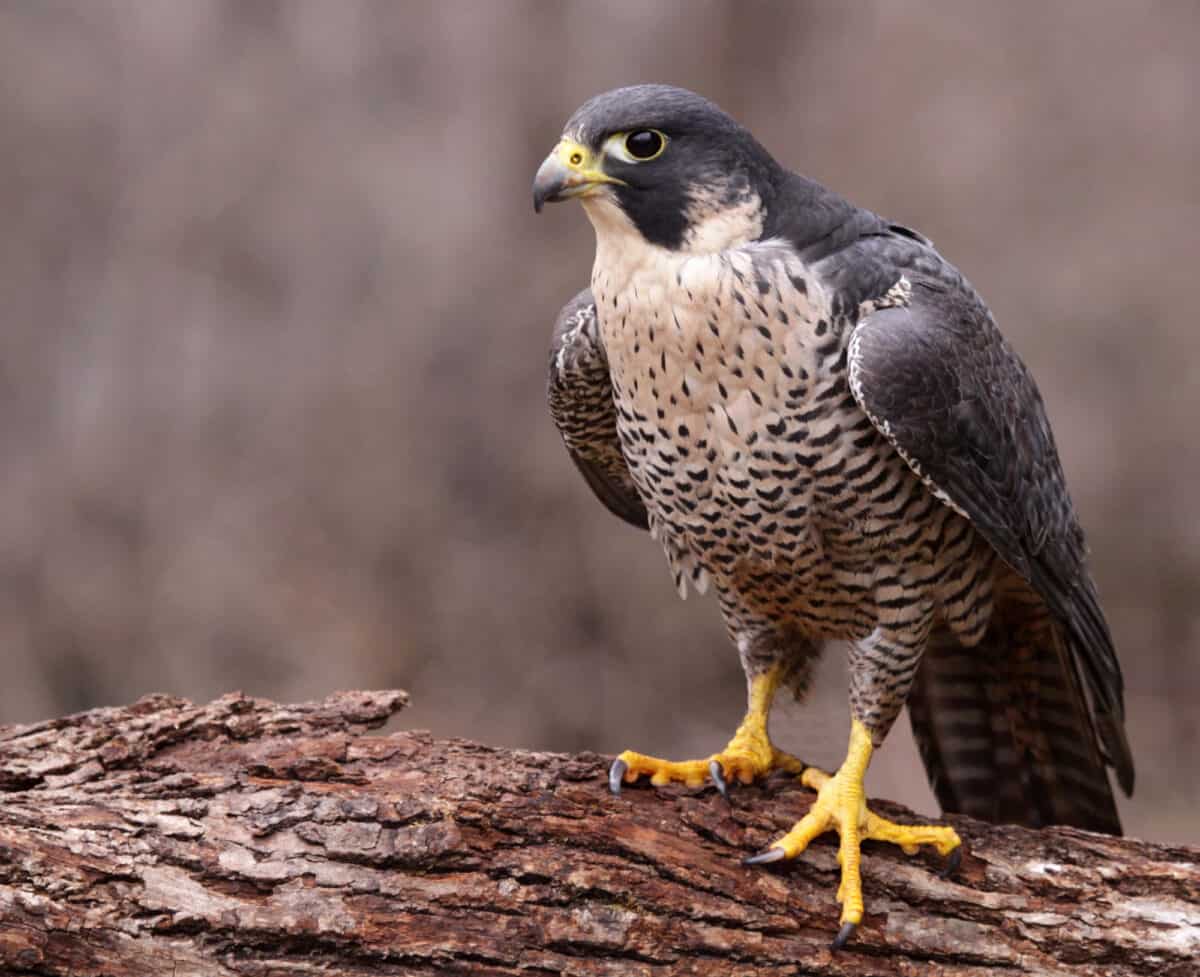
A 1964 survey reported that peregrine falcons didn’t inhabit even a single cliff in the east of America. Egg and nestling collection, DDT use, and intentional shooting ensured that around 10% to 20% of the historical population remained alive by 1970.
Peregrine Falcon cont.
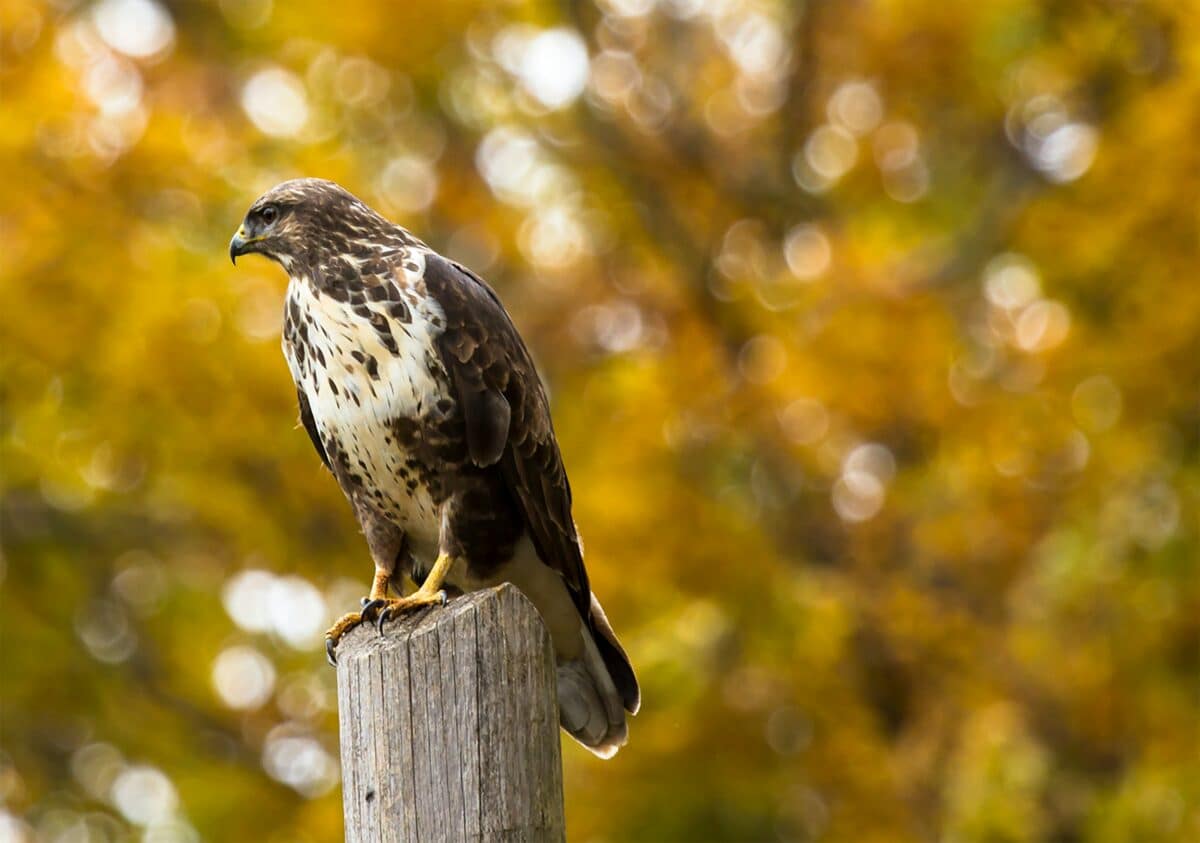
The protection practices for peregrine falcons under the Endangered Species Act included captive breeding, protection from humans, and enhancing critical breeding and wintering habitat. Thanks to these practices, the number of peregrines increased to about 3,000 in North America.
7. Licking River Mussels
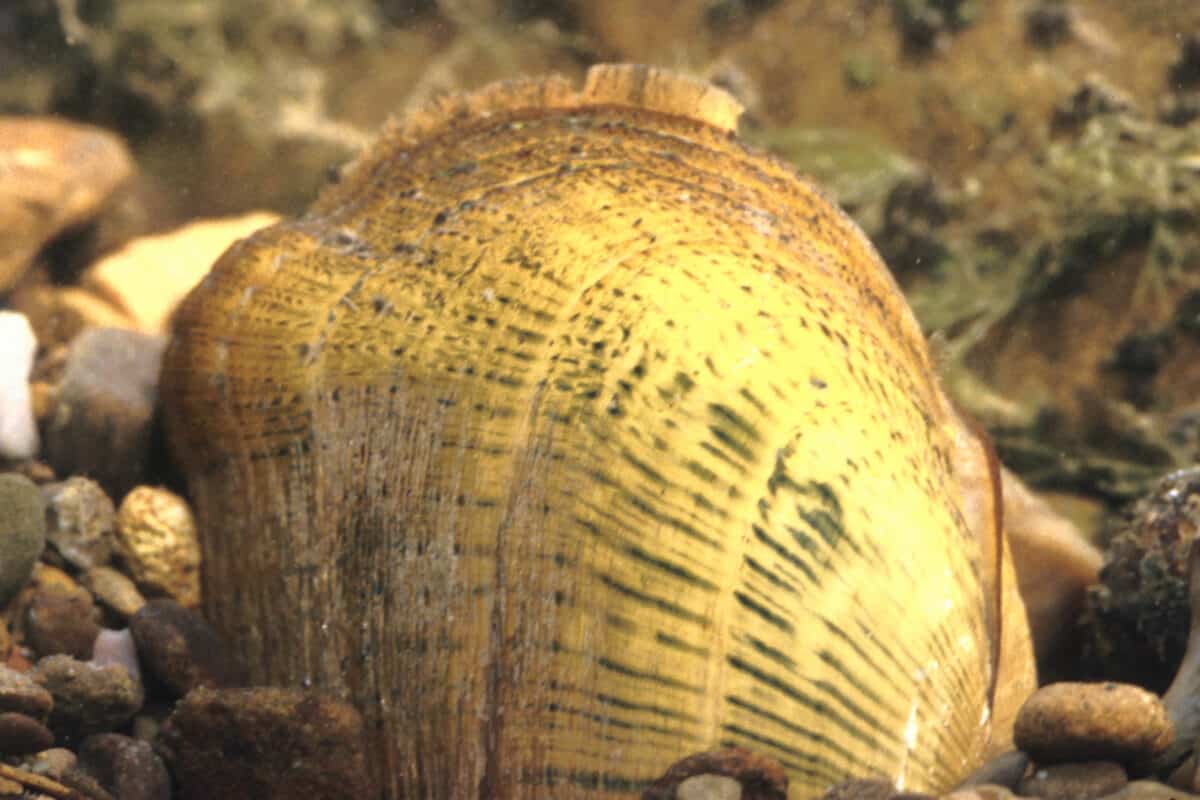
Historically, the Licking River in Kentucky supported approximately 63 species of freshwater mussels. However, eight of these freshwater mussel species disappeared from the river because of stream degradation by dams and agricultural runoff.
Licking River Mussels cont.

Thanks to the conservation efforts, mainly captive breeding and reintroduction, six extirpated mussel species returned to the river, restoring them to 96% of historical mussel diversity in North America.
8. The Island Fox
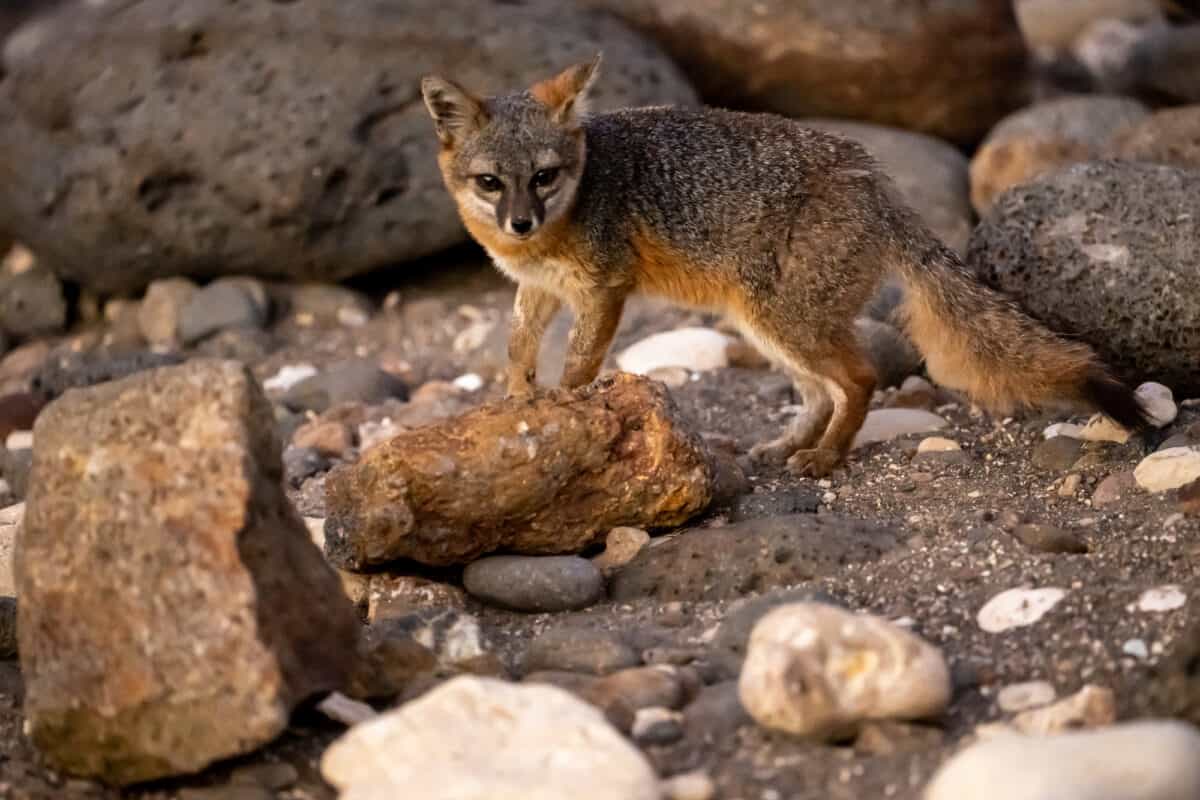
A small mammal, the island fox inhabits the Channel Islands nestled off the coast of Southern California. In the late 1900s, it was reported that the population of the island fox decreased up to 90%. On Santa Catalina, they became victims of a deadly virus spread by an invading raccoon. On the other three islands, golden eagles preyed on them mercilessly. In 2004, the United States government officially declared the island fox endangered.
The Island Fox cont.
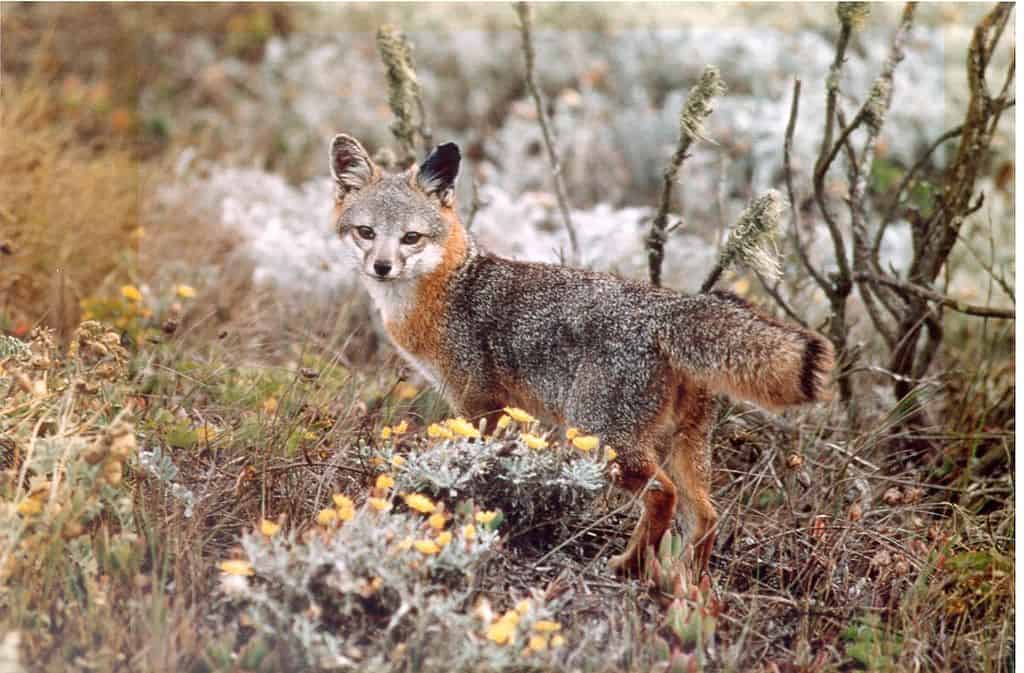
Various captive breeding programs were organized, and golden eagles were relocated to northern California to restore the island fox population. Their numbers started to increase, and finally, in 2017, the island foxes were removed from the endangered species list.
9. Trumpeter Swan
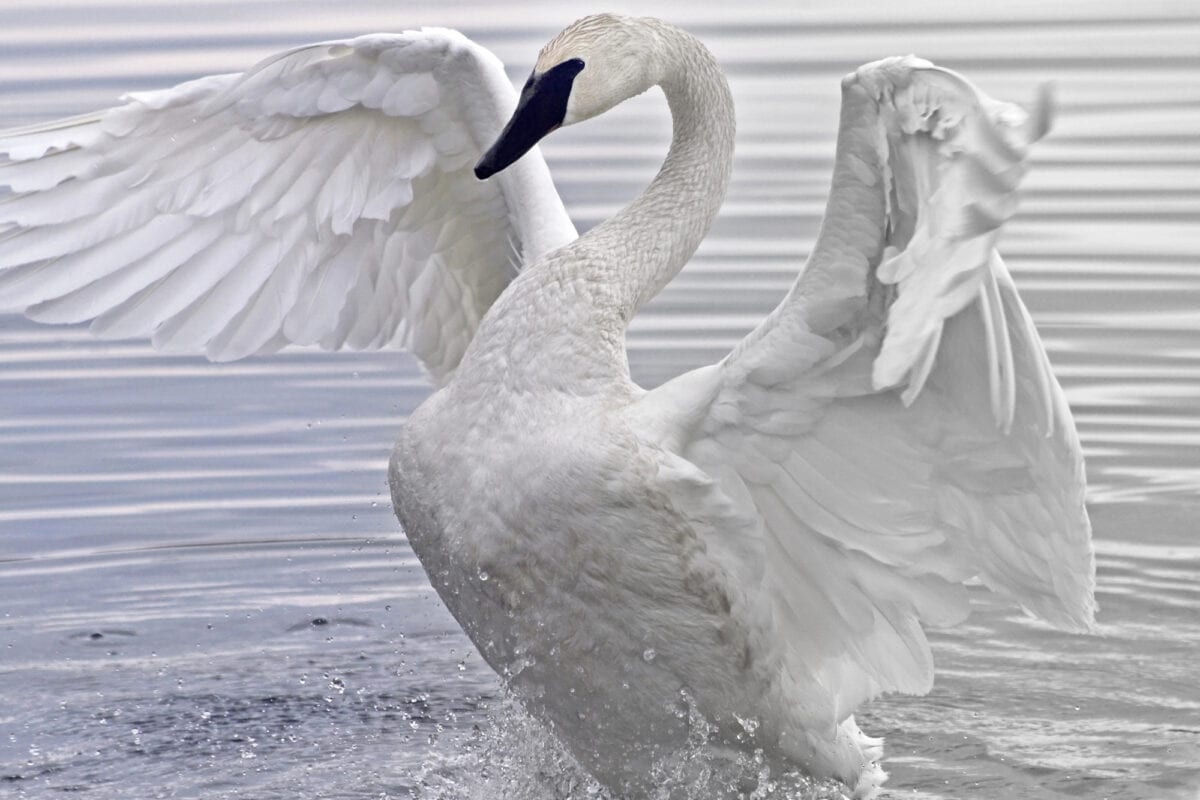
The largest native waterfowl species in North America, the trumpeter swan population declined rapidly, with civilization expanding to the west and markets demanding long feathers for manufacturing fashionable hats and writing quills. In addition, these birds are more sensitive to lead poisoning, which is consumed via lead shots.
Trumpeter Swan cont.

In the 1930s, less than 100 trumpeter swans were found. The species recovered in the Northwestern parts due to aggressive conservation efforts, such as protection from habitat disturbance and hunting.
10. New England Cottontail
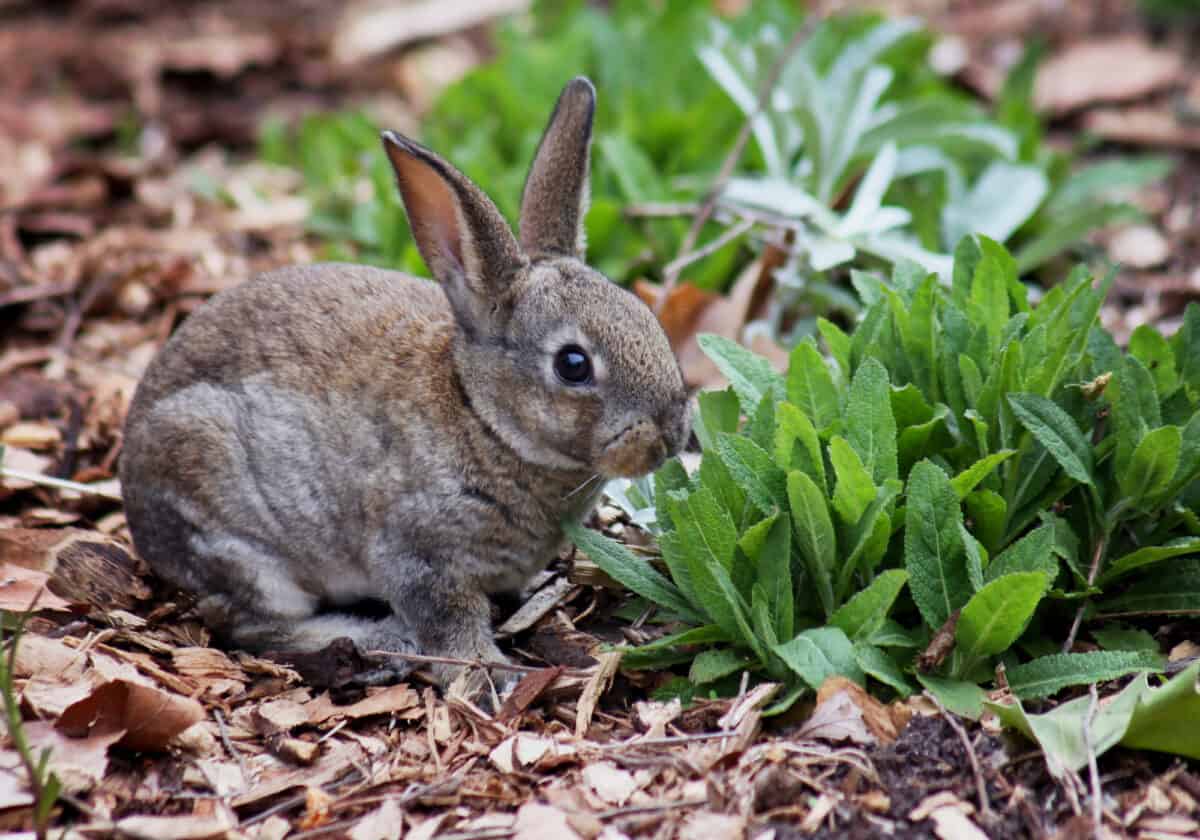
In the early 1960s, the New England Cottontail was common across New England and New York. However, as young forests with thick undergrowth matured into closed-canopy forests, the population of the New England cottontail shrunk drastically. In 2006, it was reported that the rabbits occupied merely 14% of its historic population. Therefore, these creatures were listed as candidates for protection under the Endangered Species Act.
New England Cottontail cont.
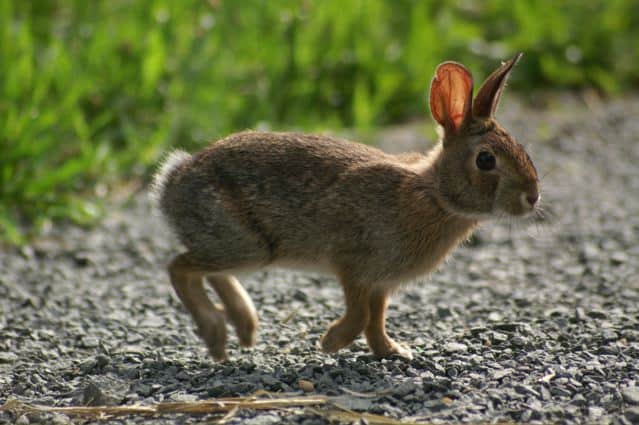
With the help of funding from the State Wildlife Grants, states took proactive actions to reverse the decline of the cottontail. They restored the second-growth forest habitat that New England cottontails need to thrive. In 2015, the U.S. Fish and Wildlife Service stated that the New England cottontail was no longer endangered.
Conservation in North America
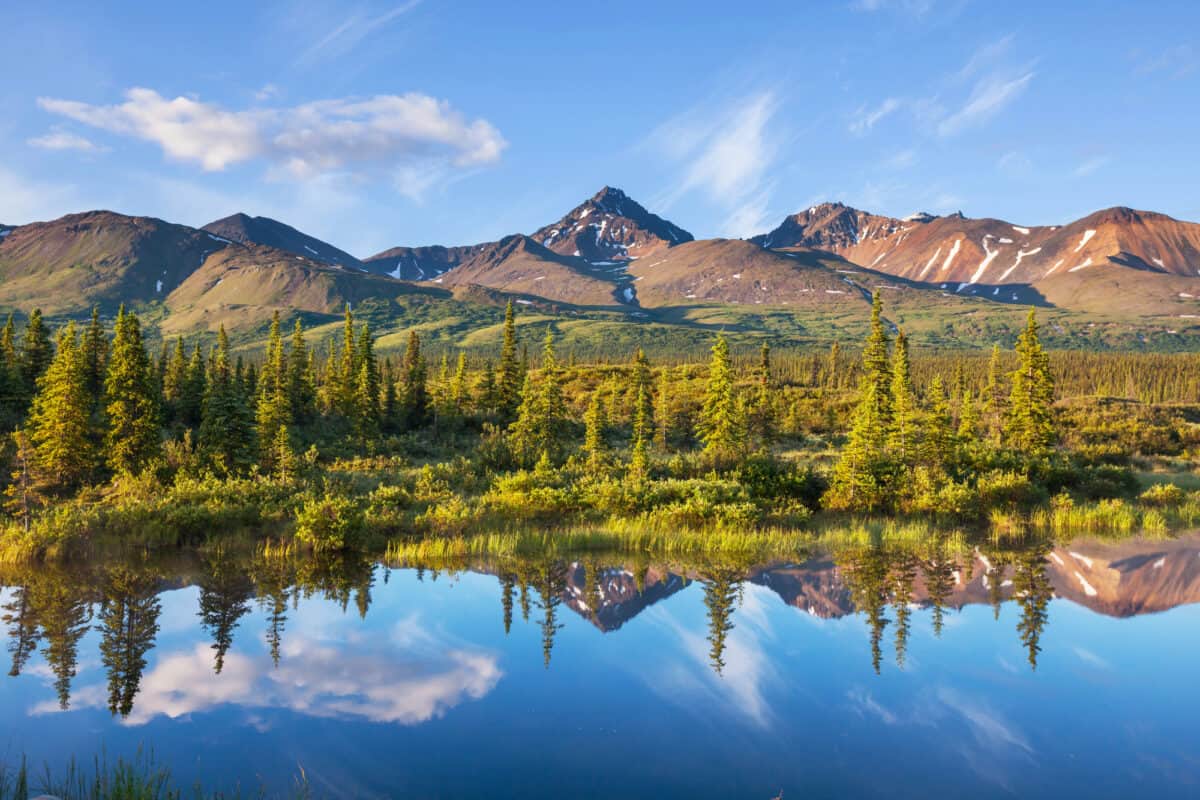
While many species are still on the brink of extinction in North America, the successful restoration stories of the above-listed species serve as hopeful reminders that investing in wildlife conservation can lead to triumph. When governments, wildlife organizations, and citizens work together and follow wildlife protection practices, species can be brought back from the verge of extinction, and the plant ecosystems can be successfully restored.
Conclusion

Thanks for reading! You might also enjoy:
- 20 Endangered Species in America
- Are Bald Eagles At Risk Of Becoming Endangered?
- Top 21 Scariest Animals Of North America
Join our Forum for free today!

- North America’s Inspiring Wildlife Conservation Triumphs - June 27, 2024
- The World’s Cutest Tiny Animals - June 26, 2024
- Sea Otters Use Kelp as Anchors While Sleeping - June 24, 2024

